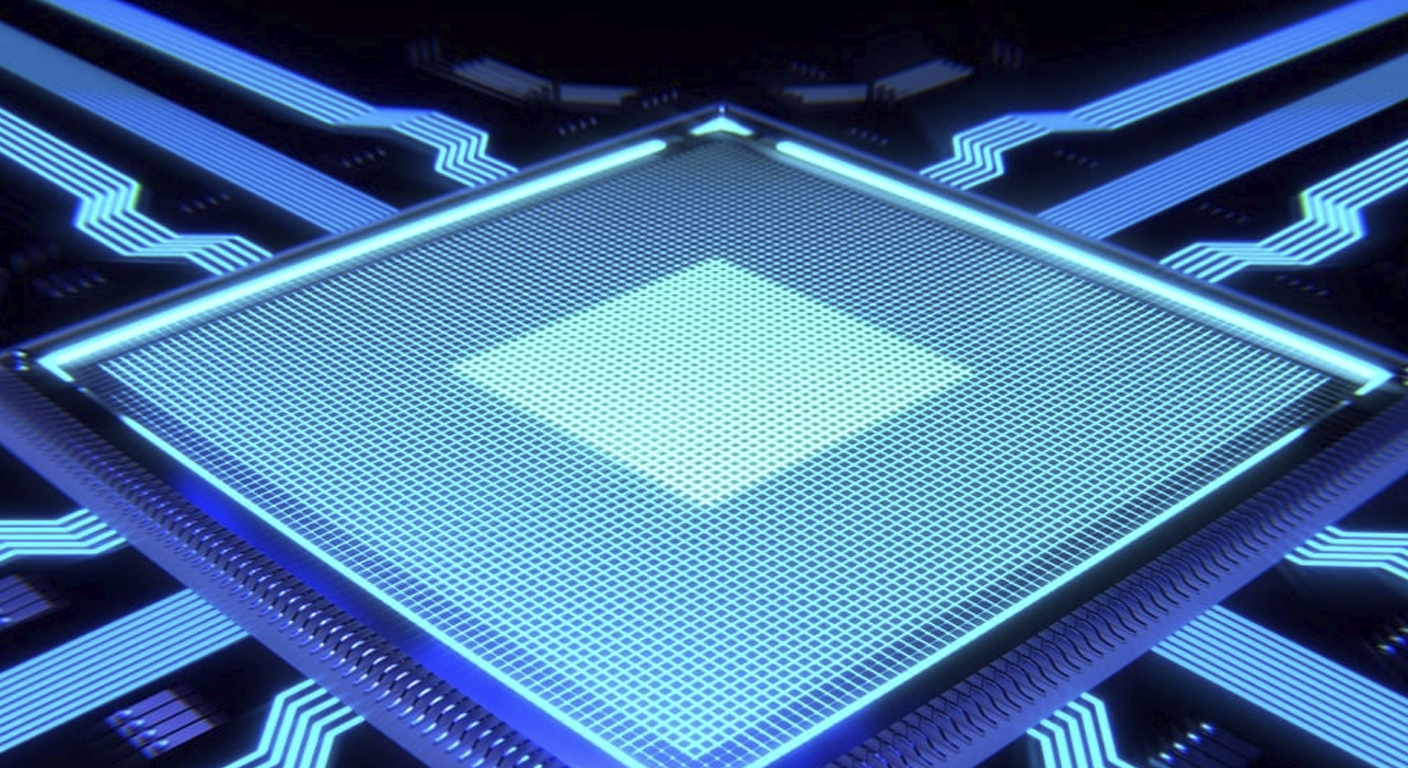
Scientists are building computers that don’t hum with electricity or rely on silicon chips. Instead, these machines process information using precisely timed chemical reactions. This isn’t science fiction; researchers are actively developing such systems in laboratories today, exploring a profoundly different approach to computation.
Our current digital technology, driven by electronics, has achieved incredible feats. From the smartphones in our pockets to the vast data centers powering the internet, modern computers operate by manipulating electrical signals. But what if we could move beyond electrons? What if the intricate dance of molecules and their interactions could form the basis of a new kind of information processing? This isn’t just a theoretical exercise; it represents a fundamental shift in how we might design future computational devices.
At the heart of this emerging field, often called chemical computing or reaction-diffusion computing, lies the principle that information isn’t solely confined to electrical impulses. Molecules, too, can carry and transform data. Think of it like a biological system: your own brain, for instance, uses a complex interplay of neurochemicals and electrical signals to perform its vast computational tasks. Researchers are drawing inspiration from such natural processes to engineer artificial systems that operate similarly.
One of the most compelling examples of chemical computing in action involves the Belousov-Zhabotinsky, or BZ, reaction. This is not just any chemical reaction; it’s an oscillating reaction, famous for its mesmerizing, self-organizing patterns. When different chemicals are mixed in a BZ solution, they don’t just react and settle. Instead, they produce vibrant, often spiral-shaped waves that propagate through the medium, appearing and disappearing in rhythmic cycles. These waves aren’t random; they follow predictable patterns, and critically, they can interact with one another.
Scientists have found ways to harness these wave interactions to perform logical operations. For instance, if two chemical waves collide, they might annihilate each other, or one might absorb the other. This behavior can be mapped directly to logical gates like “AND,” “OR,” or “NOT,” the fundamental building blocks of any digital computer. By carefully patterning the reactive medium or introducing obstacles, researchers can guide these chemical waves, effectively creating circuits where the ‘signals’ are chemical concentrations rather than voltage spikes. It’s a form of wetware processing, quite literally.
The allure of chemical computers goes beyond mere novelty. They offer several potential advantages over conventional silicon-based systems. For one, these systems are inherently parallel; countless reactions can occur simultaneously across a large volume, potentially processing vast amounts of information in an analog fashion. Furthermore, they are incredibly energy-efficient compared to electronic circuits, which generate heat as a byproduct of electrical resistance. A chemical reaction, if designed correctly, can perform computation with minimal energy expenditure.
Moreover, the biocompatibility of some chemical computing systems opens up exciting possibilities. Imagine tiny chemical processors embedded within biological environments, perhaps delivering targeted drugs or monitoring physiological processes with unprecedented precision. This could revolutionize areas like medicine and environmental sensing. The potential for self-organization and self-repair, inherent in many chemical systems, also suggests a resilience that current hardware often lacks. It’s an area ripe for innovation, pushing the boundaries of what we understand as a computer.
However, this isn’t to say chemical computing is ready to replace your laptop anytime soon. Significant challenges remain. Controlling these systems with the same precision and speed as electronic components is difficult. Reaction rates can be sensitive to temperature and concentration fluctuations, making error correction a complex task. Furthermore, scaling these laboratory curiosities into practical, large-scale digital systems requires substantial engineering breakthroughs. Researchers are working on techniques to stabilize reactions, improve signal propagation, and integrate these chemical processors with external interfaces.
Nevertheless, the progress in this nascent field is compelling. From basic logic gates demonstrated in petri dishes to more complex problem-solving algorithms like pathfinding, chemical systems are proving their computational mettle. Some even envision chemical computers that could learn and adapt, offering new pathways for AI development, especially for tasks that mimic biological intelligence or require highly parallel processing. The exploration of chemical processes as a computational medium offers a glimpse into a future where technology might operate in ways we are only just beginning to comprehend.
This pursuit challenges our traditional understanding of what a computer must be. It asks us to look beyond the rigid architecture of silicon and electrons and consider the fluid, dynamic world of molecular interactions. What if the most powerful processors of tomorrow aren’t built, but grown? The journey into chemical computing reminds us that the universe holds many forms of logic, waiting for us to discover and harness them.